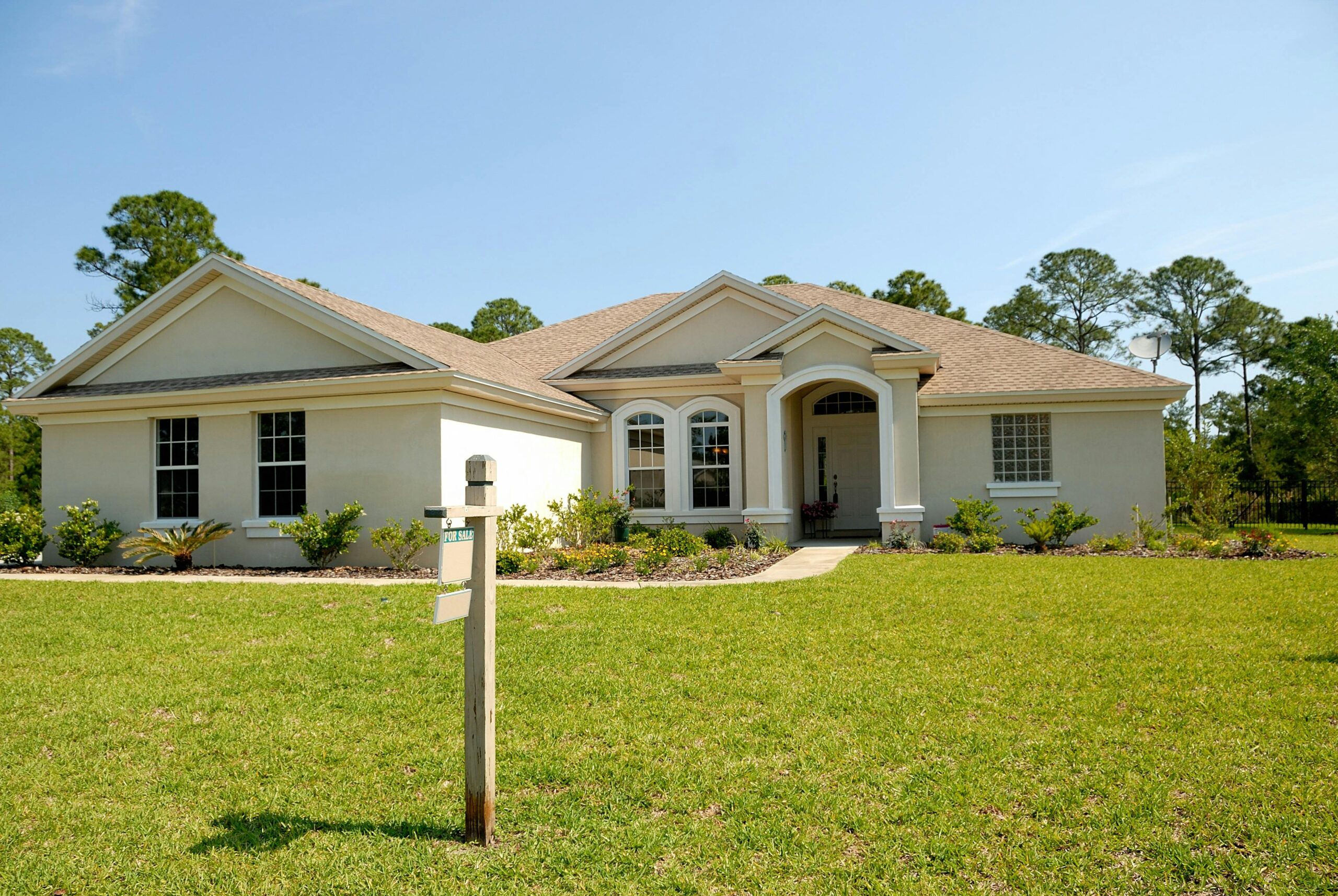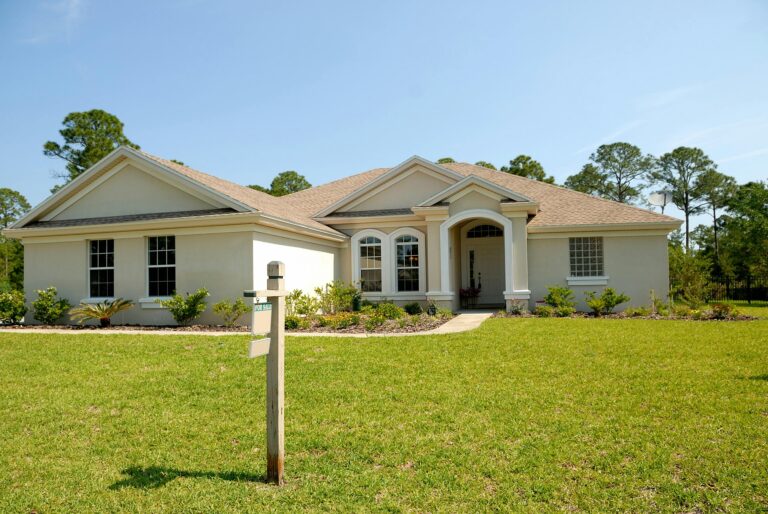
As the housing market continues to evolve in 2025, first-time buyers, seasoned homeowners, and investors alike are asking a critical question: Are adjustable-rate mortgages (ARMs) a smart choice this year? With interest rates shifting, inflation stabilizing, and housing affordability still a top concern, ARMs have once again entered the spotlight.
But what exactly is an ARM, and how do you know if it’s the right move for your situation? In this article, we’ll break down the ins and outs of adjustable-rate mortgages, explore how they work in 2025’s economic climate, and help you determine if this flexible financing option is a good fit for your goals.
What Is an Adjustable-Rate Mortgage (ARM)?
An adjustable-rate mortgage is a type of home loan where the interest rate isn’t fixed over the life of the loan. Instead, it typically begins with a low introductory rate—known as the “teaser rate”—for a set number of years (often 5, 7, or 10), and then adjusts periodically based on market conditions.
Common Types of ARMs in 2025:
- 5/1 ARM: Fixed rate for 5 years, adjusts annually after
- 7/1 ARM: Fixed rate for 7 years, adjusts annually after
- 10/1 ARM: Fixed rate for 10 years, adjusts annually after
After the initial fixed-rate period, your interest rate—and monthly payment—can go up or down depending on the market index it’s tied to, such as the Secured Overnight Financing Rate (SOFR).
Why ARMs Are Gaining Popularity in 2025
In 2025, ARMs are regaining attention for several reasons:
-
High Fixed Mortgage Rates
Following rate hikes over the past few years, traditional 30-year fixed mortgage rates are still relatively high compared to their pre-pandemic lows. Many buyers are turning to ARMs because the initial interest rate is often 1–2% lower than fixed-rate loans.
-
Short-Term Ownership Goals
More homeowners are viewing their homes as short-term investments or starter homes. If you only plan to stay in your home for 5 to 10 years, an ARM can save you thousands in interest during the fixed period before it ever adjusts.
-
Greater Confidence in Financial Planning
In today’s tech-savvy world, buyers are more data-driven. With access to AI-powered mortgage calculators and rate prediction tools, some are betting that rates will drop—or that they’ll refinance—before their ARM adjusts upward.
Benefits of ARMs in 2025
Here’s why an ARM might be a smart choice right now:
-
Lower Initial Monthly Payments
The biggest advantage of an ARM is the lower initial interest rate. This can translate into significantly lower monthly payments, which is especially helpful if you’re stretching your budget to buy in a competitive market.
-
Potential for Rate Drops
If market conditions improve and interest rates fall, your ARM could adjust downward—meaning your monthly payment would decrease without needing to refinance.
-
Ideal for Short-Term Situations
If you’re planning to move, sell, or refinance before the adjustment period kicks in, an ARM could give you short-term savings without long-term risk.
The Risks of Adjustable-Rate Mortgages
While ARMs can offer advantages, they also come with potential downsides that buyers need to understand:
-
Uncertainty After Fixed Period
Once the fixed-rate period ends, your loan adjusts based on the market. If rates have increased, your monthly payments could spike, potentially straining your budget.
-
Complexity
ARMs can be confusing. You’ll need to understand terms like caps, margins, and indexes:
- Initial Cap: Limits the first adjustment
- Subsequent Cap: Limits future adjustments
- Lifetime Cap: The maximum the rate can ever increase
- Margin: The lender’s added percentage over the index
Reading the fine print is essential to avoid surprises.
-
Refinancing Risks
Many borrowers plan to refinance before their ARM adjusts—but if your home value drops, your credit score declines, or rates don’t improve, refinancing might not be possible.
Who Should Consider an ARM in 2025?
While ARMs aren’t for everyone, they can be a smart move for certain types of buyers:
Young Professionals or First-Time Buyers
If you expect your income to rise significantly or plan to upgrade homes within a few years, an ARM can offer lower upfront costs while you build equity and career momentum.
House Flippers or Short-Term Investors
ARMs work well for real estate investors who plan to renovate and sell properties quickly, taking advantage of the low initial rates without worrying about long-term volatility.
Buyers in High-Cost Areas
In cities where fixed-rate mortgages are unaffordable, an ARM may allow you to buy more home for less—at least during the fixed period.
ARMs vs. Fixed-Rate Mortgages in 2025: A Quick Comparison
| Feature | ARM | Fixed-Rate Mortgage |
| Initial Interest Rate | Lower | Higher |
| Rate Changes Over Time | Yes (after fixed period) | No |
| Monthly Payment Stability | Variable | Consistent |
| Best For | Short-term homeowners | Long-term homeowners |
| Risk Level | Moderate to high | Low |
| Potential for Savings | High (short term) | Moderate (long term) |
What Do Experts Say in 2025?
Housing analysts are cautiously optimistic about the market in 2025. While inflation has cooled and the Federal Reserve is holding interest rates steady for now, there’s still uncertainty around future rate cuts or hikes. For this reason, many financial advisors suggest ARMs can be a strategic option—but only for buyers who fully understand the terms and have a solid financial backup plan.
Some lenders are also offering “hybrid ARMs” or interest rate caps with built-in safety nets to limit risk. AI-driven mortgage advisors are increasingly helping borrowers model different scenarios before they commit.
Final Thoughts: Are ARMs a Smart Choice in 2025?
The answer? It depends on your goals, financial situation, and risk tolerance. Adjustable-rate mortgages can offer real savings—especially in the short term—but they’re not a one-size-fits-all solution.
Before choosing an ARM:
- Consider how long you’ll stay in the home
- Model different rate increase scenarios
- Check the cap structure
- Make sure you can afford the payment if rates rise
If you’re comfortable with some level of risk and plan to move or refinance within the initial fixed period, an ARM in 2025 could be a smart, money-saving move. However, sticking with a fixed-rate mortgage may be worth the extra cost if you value stability and long-term predictability.

No matter what you choose, take time to shop around, ask questions, and work with a trusted lender or advisor to find the mortgage that fits your lifestyle and plans.
Learn more from Homebuyerwallet.com now!





